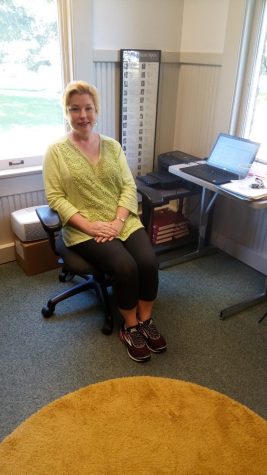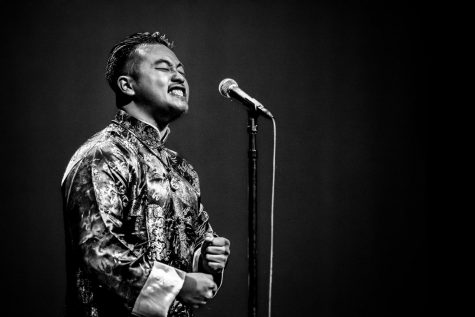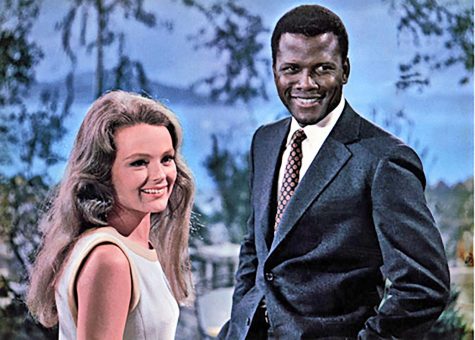Film takes evocative, fresh look at Bronte’s classic novel
She’s graced the silver screen nearly two dozen times in film adaptations produced everywhere from Hong Kong to Mexico, but that has not stopped Jane Eyre from returning to the American box office this spring.
The new film, directed by Cary Fukunaga (“Sin Nombre”) attempts to bring out the more gothic elements of Charlotte Bronte’s classic 1847 novel. Mia Wasikowska (“Alice in Wonderland”) takes on the role of Jane, with Michael Fassbender (“Inglourious Basterds”) playing her tormented love interest Edward Rochester.
“Jane Eyre” is not a typical period piece. There are several elements that make it darker and less serene than previous versions of the film or more conventional remakes of films like “Pride and Prejudice” or “Sense and Sensibility.” In fact, billowing smoke and haunting music at the beginning of the film make it almost flirt with elements of the supernatural.
For fans of the novel and previous film adaptations, the new “Jane Eyre” should provide a fresh, non-redundant way to revisit the classic.
However, those unfamiliar with the story may find the new adaptation a little thin on plot and lacking some character development. It’s one of the most common pitfalls of adapting a novel to the screen — without hundreds of pages of character development, the love between Eyre and Rochester may seem to develop rather swiftly and shallowly. And like many classic novels of that time period, the leading male protagonist, Rochester, is not exactly likeable, so with only 115 minutes to delve into his hidden sense of humanity, he does not seem to fully redeem himself for the way he treats Jane and the others around him.
Wasikowska does an impressive job of bringing Jane’s full-blooded independence, stubbornness and resilience to life. The dialogue, though period-appropriate, still seems fresh and biting, and the locations and characters are painted with mystifying cinematography. Overall, “Jane Eyre” breathes new, evocative life into this old classic.





